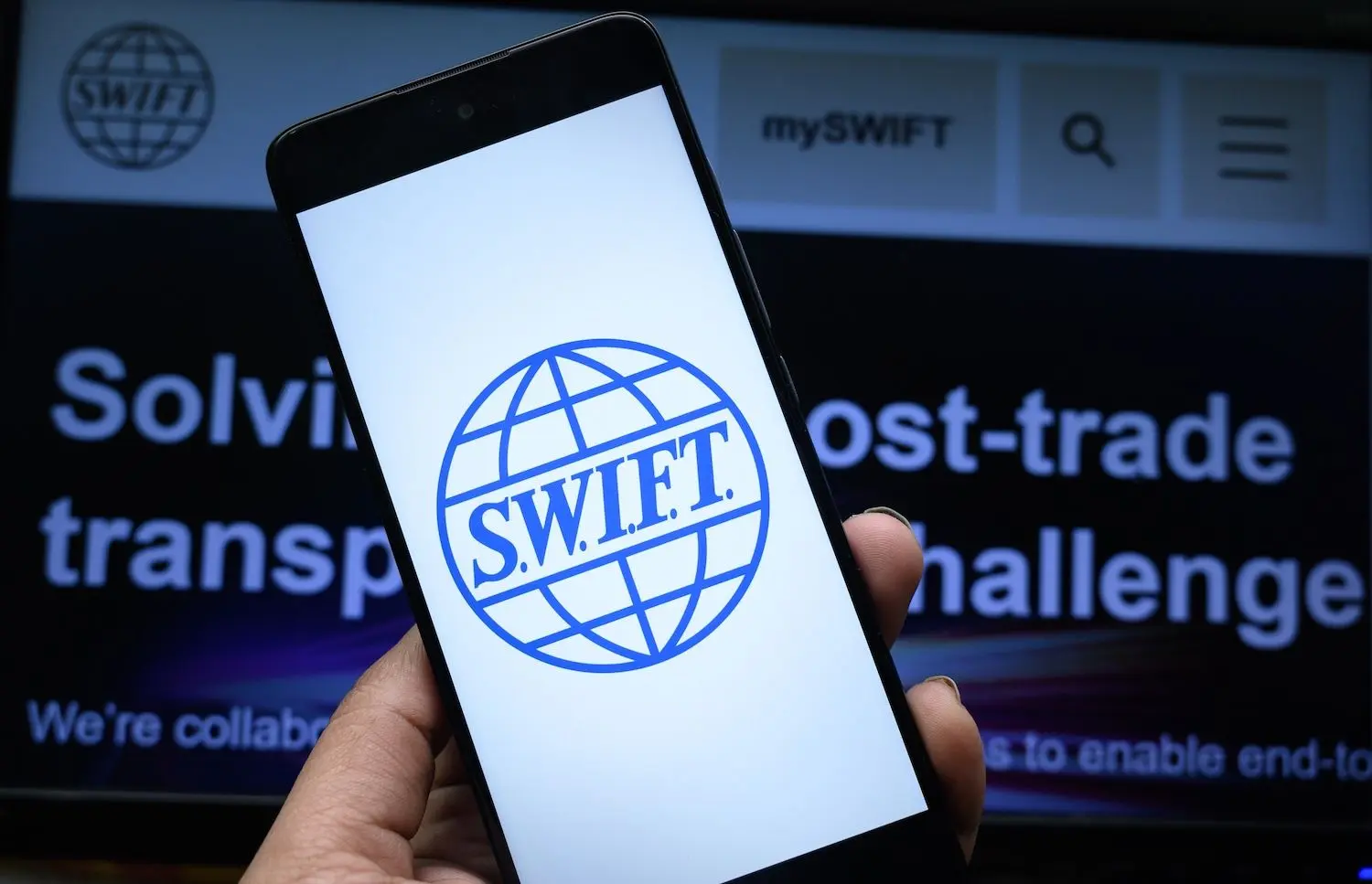SWIFT Moves into Blockchain: Rivals Stablecoins with Institutional Ledger Plan
SWIFT Moves into Blockchain: Rivals Stablecoins with Institutional Ledger Plan
By
Rachel Steinberg
Last updated:
October 3, 2025
First Published:
October 3, 2025

Photo: Yellow.com
SWIFT's Strategic Blockchain Initiative
In response to the growing prominence of stablecoins and the evolving landscape of digital finance, SWIFT has announced plans to develop its own blockchain-based ledger. This initiative aims to modernize cross-border payments by enabling tokenized product payments—including stablecoins—via a digital ledger. The project is a collaborative effort involving over 30 financial institutions globally, including major banks such as Bank of America, Citigroup, and NatWest, and is partnering with blockchain company ConsenSys to build and test the platform.
Enhancing Real-Time, 24/7 Cross-Border Payments
The primary focus of SWIFT's blockchain-based ledger is to facilitate real-time, always-on cross-border payments. By leveraging blockchain's capabilities such as smart contracts, transaction validation, and sequencing, SWIFT aims to provide instantaneous, secure, and transparent transactions at a global scale. This move underscores mounting competition between mainstream financial institutions and the crypto sector, which offers quicker, intermediary-free transactions.
Collaboration with ConsenSys and Financial Institutions
To bring this vision to fruition, SWIFT is collaborating with Ethereum developers ConsenSys to create a prototype of the shared ledger. The initiative has garnered support from over 30 financial institutions worldwide, including prominent banks like Santander, BBVA, JPMorgan, HSBC, and Deutsche Bank. These institutions are working together to design and build the ledger, with an initial focus on real-time 24/7 cross-border payments.
Interoperability with Existing Financial Systems
One of the key objectives of SWIFT's blockchain initiative is to ensure interoperability with existing financial systems. The shared ledger is designed to link directly to private blockchains used by organizations internally and to public blockchains open to the general public. By connecting the two, banks and financial companies in different regions will be able to join the platform without having to abandon the systems they already use.
Addressing the Rise of Stablecoins
The rise of stablecoins, such as Tether, whose capitalization exceeds $174 billion, has posed challenges to traditional financial systems. These digital assets offer fast, permanent payments with low fees, making them attractive alternatives to traditional banking methods. In response, SWIFT's blockchain initiative aims to modernize its infrastructure and remain competitive in the face of these emerging technologies.
Future Outlook and Potential Impact
Looking ahead, SWIFT's blockchain-based ledger has the potential to transform the landscape of cross-border payments. By providing a secure, transparent, and efficient platform for transactions, SWIFT aims to enhance the speed and reliability of global financial systems. The initiative also sets the stage for broader adoption of digital assets in mainstream finance, bridging the gap between traditional financial institutions and the evolving digital economy.
SWIFT's move into blockchain technology represents a significant step toward modernizing cross-border payments and competing with the growing influence of stablecoins and digital assets. Through collaboration with leading financial institutions and blockchain developers, SWIFT aims to create a shared digital ledger that enhances the efficiency, transparency, and security of global financial transactions. As the project progresses, it will be crucial to monitor its development and assess its impact on the future of digital finance.
Popular articles
Subscribe to unlock premium content
Disney’s Timeless Magic and How the Entertainment Giant Continues to Shape Culture and Innovation

Imran Khan’s Economic Missteps Amid Political Chaos in Pakistan

The Philippines’ Digital Shift How Remittances and BPO Are Fueling Growth

Disney’s Timeless Magic and How the Entertainment Giant Continues to Shape Culture and Innovation

Imran Khan’s Economic Missteps Amid Political Chaos in Pakistan

Disney’s Timeless Magic and How the Entertainment Giant Continues to Shape Culture and Innovation









